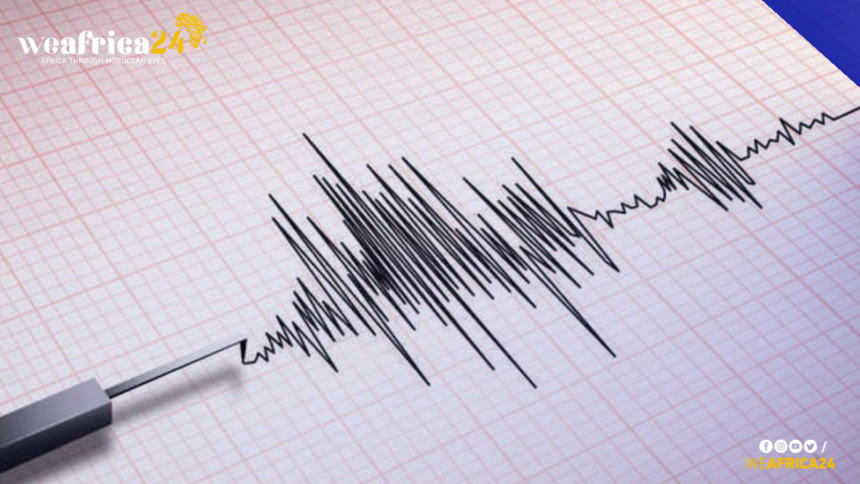Since September 8th, Moroccans have been living in a state of continuous tension and anxiety, fearing a repeat of the earthquake. However, these fears are not limited to Morocco alone, they have extended to include other countries worldwide following predictions and expectations of more seismic activities.
Mild tremors have even been felt in Tunisia, Egypt, and Libya, during this period, the focus has shifted towards earthquake-related news more than ever.
In the wake of these seismic events and heightened public awareness, there has been a surge in discussions surrounding the role of planets in earthquake occurrences, the Dutch scientist Frank Hogerbeets, in particular, has emphasized the influence of planetary movements and lunar activity on seismic events.
Can earthquakes be predicted before they occur?
With mounting fears, questions arise about the possibility of predicting seismic activities in advance to prevent disasters and save lives. Dutch scientist Frank Hoogerbeets, known for his earthquake predictions, has raised discussions about the feasibility of anticipating earthquakes before they happen, as seen in the recent Turkey-Syria earthquake and the Hawz earthquake.
Scientists worldwide agree that predicting earthquakes remains scientifically implausible due to their mysterious and complex nature, making accurate predictions challenging.
According to Kamal Agharroud, a seismology expert, predicting earthquakes using science is impossible. He explains that the current capabilities are not advanced enough to foresee the release of energy stored in the Earth’s crust or the accumulation of energy between active faults. Unlike weather forecasting, which has clear warning signs, earthquakes happen suddenly and without any clear precursors.
Agharroud emphasizes that while geologists and seismologists can make educated assessments of areas prone to seismic activity based on extensive geological and seismological studies, the nature of earthquakes remains inherently unpredictable.
These experts utilize complex models and historical data to identify potential seismic hotspots, but the exact timing, magnitude, and location of earthquakes continue to elude precise forecasting. Earthquakes result from a combination of intricate geological processes, and their occurrence is influenced by numerous variables that interact dynamically beneath the Earth’s surface. Therefore
What is the connection between planets and earthquakes?
Frank Hoogerbeets bases his predictions on planetary alignments affecting seismic activity. He claims that the movement of planets and the moon influence earthquake events, despite criticism from the scientific community.
Kamal Agharroud dismisses this notion, stating that the impact of planetary motion on Earth is minimal, making it unlikely to affect tectonic plate movements, he asserts that Hoogerbeets’ predictions rely on known seismic activity regions within the geological community and are mere speculations, not scientifically grounded.
Agharroud further stated, “If the Dutch scientist were to discover a method for predicting earthquakes, or if his analyses were scientifically grounded, he should publish a single scientific paper to earn a Nobel Prize, as such a discovery would be groundbreaking and significant within the scientific community.”
Can Earthquakes Be Manufactured?
In addition to predictions and theories, conspiracy theories have emerged, linking the secretive American project known as “HAARP” (High-Frequency Active Auroral Research Program) to recent earthquakes and climate change. HAARP is a US research project located in military facilities in Alaska, involving 180 antennas transmitting high-frequency radio waves into the lower atmosphere.
The project was initially developed for ionospheric analysis and the advancement of ionospheric technology for wireless communications and monitoring. Some believe it can manipulate Earth’s electromagnetic field, control weather, and climate, and even trigger earthquakes by bombarding the atmosphere with high-frequency waves and converting low-frequency waves into high-density waves.
Although some have claimed that it has a significant seismic influence, there are still doubts and scientific evidence has not conclusively supported its tectonic effects. Though earthquake predictions and conspiracy theories continue to circulate, the scientific community agrees that predicting earthquakes with precision remains a significant challenge.







